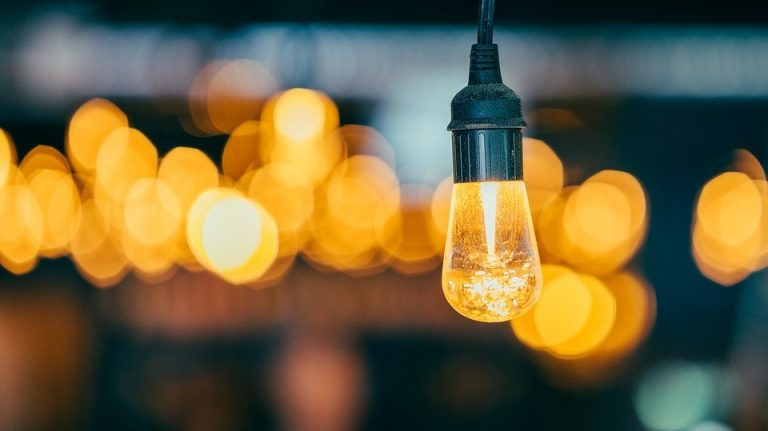Did you know that what we call the “winter blues” are, in fact, our response to diminishing sunlight? The phenomenon is called Seasonal Affective Disorder (or SAD) and affects a large portion of the world population.
But even if you don’t suffer from a seasonal disorder, the lighting around you affects your mood. We are still creatures who need sunlight during the day and who live their lives following the sun’s daily trip in the sky. This is true even today when we have so many lighting solutions at our disposal.
While we now can stay up later and enjoy cutting down our sleep time, this is not necessarily a good thing. In fact, more and more people suffer from sleep disorders and specialists have shown that the type of lighting we use in the house, does influence our overall mood.
How Light Affects Your Mood
Because we were shaped by the sunlight, the color temperature, and intensity of the light in your home and/or office tell your brain how to feel.
For instance, bright and cool lights have a high color temperature and keep you active and engaged (perfect for high productivity levels). That’s why blue light is perfect for office spaces where people need to stay awake and focused.
Plus, blue light is believed to affect the level of melatonin produced by our bodies (it decreases it). That’s why specialists always recommend leaving your devices in a separate room at least 30 minutes before you want to go to sleep. Otherwise, you will have trouble falling asleep and waking up rested and full of energy.
On the other hand, warm color temperatures (yellow tones) make you feel relaxed and less alert. That’s because our mind associates these tones with the lighting at dusk and dawn when you’re usually in a more relaxed state.
Best Color Night Light For Sleeping
Interior designers, architects, and sleep health specialists all agree on one thing: your home lighting and your habits before bedtime influence the way you sleep. And the way you sleep influences your daily performance at work and overall quality of life.
So, if you feel you’ve been running on low energy supplies lately, your lighting fixtures may have something to do with this. Experts recommend a dim, warm light in the bedroom and areas designed for relaxation, but there are situations when you need both types of lighting in the same space.
If this happens, you can use special lighting solutions like the BR30 smart bulb. This bulb is specially designed to adjust to your circadian rhythm by changing the light spectrum it emits and adjusting to the intensity you need (it works with a standard dimmer).
During the day, you’ll have a bright and cool lighting temperature, which is ideal for work and other activities. During the night, the bulb will emit the best color night light for sleeping, which is in tones of yellow.
Turn Your Bedroom into a Sleep Temple
I think we can all agree that the type of lighting you use helps make your house a home. Interior designers like to use light to guide the visitor’s eye through your sacred space but also to emphasize the areas you’re most proud of.
But the bedroom is rarely part of the home tour so you can (and you should) design it for sleep. So besides specialized night light bulbs, you can also use blackout curtains to block the light and noise from outside.
Another way to turn your bedroom into a sleeping temple is aromatherapy in your cabinet and calming music that lets you relax and slide away into dreamland. Also, make sure to remove clutter and always air the room in the morning, to invite fresh air to circulate.
Overall, while you need a combination of factors to induce high-quality sleep, lighting solutions are some of the most important ones.

